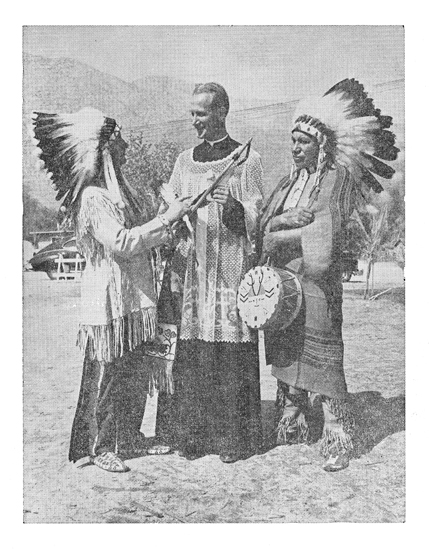First print on new C&P & Kelsey ink
So I installed my new set of trucks and made the necessary adjustments to the rails and put the packing (pressboard, .01 tympan, light tag and a few sheets of bond in that order under the top tympan) in place and gave the first cut I had handy a try. It took some adjustment but I think I have a successful print. The darkest areas of the halftone are about 85% maybe so I don’t expect a total black there but overall it seems a little light.
I don’t have alot of desire to print halftones but this was handy and I’m thinking maybe I would like to incorporate some other stuff with this image. But now that I have tried it I am curious about the results. When I look at the image under a magnifying glass it looks nice and crisp and there is no impression into the paper. I printed about 50-60 on 80# Cougar opaque paper which is a smoothish uncoated paper. I used this tube (again handy) of in like new condition Kelsey Many Purpose ink.
The tube is very pliable and the ink seems good.
Is this Kelsey ink a particularly transparent ink? If I were to want to print halftones like this could I mix it with a more solid black ink to get it a little darker? I guess I’m curious what the pros or cons are of this particular ink are as I have few of these tubes. :o)
Now I will be onto setting up some type on this newly refurbished press. Yeah!
It’s nice to breathe a little life back into an old press like this.
Connie

Kelsey ink.jpg

first impression.jpg
P.S. It looks somewhat lighter in reality than the uploaded image.
I’m not very knowledgable about printing halftones, but they were made differently for different stocks (coarser of finer screens) . Makeready took time, you add extra on the solid areas, the ink used i think was thinner, many purpose black from Kelsey is what i always used in the early 60’s. Recently someone brought me old ads from a newspaper that they wanted proofs pulled . I spent a long time doing makeready, and still couldn’t get a good copy, finally i tried removing my packing and replacing it with a thin offset blanket, the old ads came out almost perfect, almost no makeready, Good Luck Dick G.
Connie:
The lightness of the shadow areas in the reproduction may be somewhat due to the slight texture of the paper. Does it look like the ink is solid in the darkest areas with just slight white dots, or are there extraeous dots of white which don’t match the original plate image?
If you can get some coated paper, give that a try. One way would be to simply print on some pages torn from a magazine or a “slick” newspaper supplement. You will have the already printed image obscuring some of the image you print, but you will see if the dark areas print more fully, and can purchase some coated stock to get a better reproduction. You may be able to purchase a few sheets from a local offset litho printer in your area, or visit your local paper supplier.
DickG is correct that halftone blacks are generally not as tacky or stiff as job printing inks. Generally that was so the ink would split more easily and the paper would not be pulled by the plate into the roller train.
It looks like you are on the right trail to good reproduction, but may need to experiment with other paper stock.
as a side note. i love the name ‘multi-pupose ink’.
kind of makes me feel like I could use it as shoe polish, tire dressing or camoflauge face paint. lol.
To print a halftone, you need to do an overlay, which increases pressures in the shadows and decreases pressures in the highlights. This is explained, with pictures, in two generally available books: General Printing by Cleeton & Pitkin, and Platen Press Operation by Mills.
So is this particular Kelsey ink a halftone ink, like a process black ink? I probably shouldn’t mess with mixing anything with it then.
dickg, So if a person could figure out the line screen they should be able to tell the intended paper it was to be printed on? Fascinating in a forensic detective sort of way. Interesting about using an offset blanket. Hmmm.
jhenry, I did look at it more closely under a loop this time and I see what you mean. The dots are beautiful but there is enough texture to that paper that it shows as lighter printing in those dark areas. I will experiment with some coated paper next.
parallel_imp, I will try that too. The cut had makeready in the dark areas on the back already and I assumed you did one or the other but I see now that a person might need a combination of underlay and overlay?
Thanks for the book titles.
Keith, I would love to see your version of a vintage advertisement touting all of the wonderful uses for this many purpose ink. :o)
Thanks
Connie, lots of halftones were made to print on coated stock , i think the screens were 180 line, for news papers the screens were 65 line. you can use something like tack reducer to thin your ink. i run a commercial letterpress shop, i use offset blankets a lot, Good Luck Dick G.